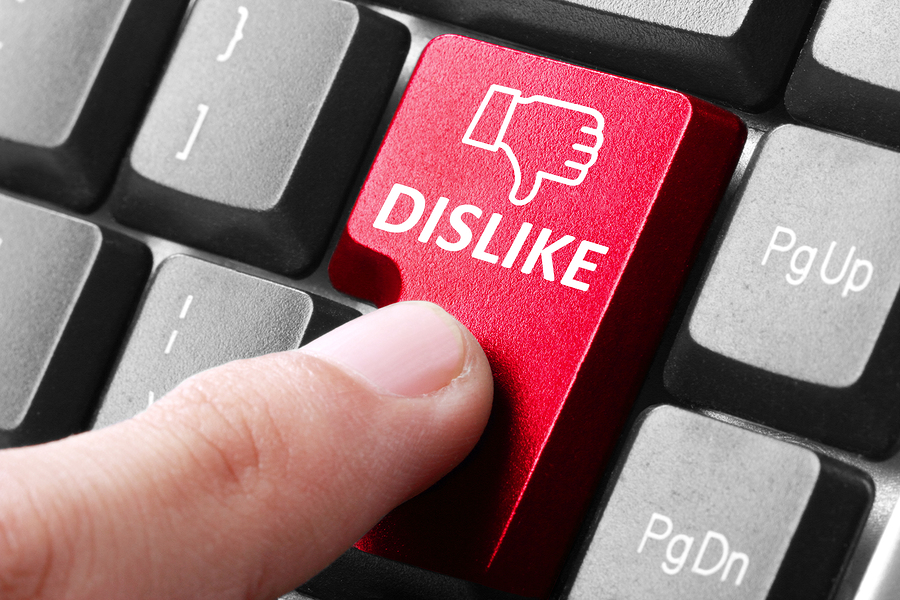When I first started working in book publishing, Amazon was a river in Brazil and social media was a radio DJ holding a dance party at the local mall. The word “internet” either didn’t exist or was possibly some sort of technical term known only to commercial fishermen.
Did the publishing industry actually exist in any meaningful form before 1995?
Cringe.
Certainly, the publishing landscape has changed dramatically in the last twenty years with online selling, digital printing, social media and e-books.
But while the surface changes, what is underneath is still driven by core principles, which have not changed. (And I am not talking about publisher entrenched processes which drive everyone crazy.)
If you understand the underlying core principles of something, you can make more sense of the seemingly ever-changing world. Here are the never-changing aspects of book publishing:
The Author
They still need to study writing, know grammar and proper spelling. Nothing will take the place of human creativity. Computer tools speed up the process, but writing 70,000 well-crafted words still takes time. A lot of time. Without the time investment, writing is simply words on a page.
Computer word processing changed the need for certain writing skills. Prior to computers, authors needed to spend more time outlining and pondering their work before they wrote. Cutting and pasting involved actual cutting and actual pasting, with all the toxic glue fumes accompanying the process. (Which probably explains some of the titles published in the 60’s and 70’s)
Some feel it is self-publishing which made book publishing available to all, but really it was the computer and word processing software, which made the writing of books accessible to more writers. Prior to word processors, the tedious manual requirements of writing by hand or typewriter sifted out the casual writer who found the process of creating a book downright withering.
Platform
The need for an author platform has always existed. This is not a new thing. I’ve stated this before, but 100 years ago, newspaper and magazine columnists held much of the power in the author community. There were millions of people reading their columns, so books were a natural extension. These were high-platform authors of an earlier era.
If you think the discussion of platform is a new thing, you would not be accurate. We discussed the same issue for authors in the 1980’s and actually used the term. We simply didn’t have Facebook, Twitter or Instagram. We had newspaper or magazine circulation numbers and radio/TV listener/viewer ratings.
High platform authors have always received preferential treatment over unknown writers. It is just the definition of what comprises a good platform, which has changed.
Discoverability
This is a hot term in publishing circles these days, but honestly, it is the publishing equivalent to calling a chef a “gastronomic artist.” It is a high-tech sounding term for the 21st century where we ride in self-driving cars and communicate with wrist phones.
How people really find out about a specific book and make a buying decision has always been the same no matter what era you investigate.
- Recommendation from a trusted source (friend, spouse, pastor).
- Review from a respected source.
- Written by a known author.
- Meets a felt need or desire of a reader.
- A great title/cover/package.
Everything I can think of falls into one of the above categories and all five of these existed long before computers gave the impression they didn’t matter any longer. Computers and everything, which followed, simply added new elements to the five foundational stones.
One of the most significant changes from 30 years ago is the one which allows readers to connect directly to authors. Thirty years ago, authors might get a half-dozen letters from readers. The process of publishing put a wall of mystery between the author and the reader. The publisher decided what got through to the author, usually nice things, shielding the author from angry comments and bad reviews, or the very least, re-framing the negative comments into positive action.
Now, the direct line from the reader to the author is not only the norm, but it is encouraged. And it is not always positive. Being directly exposed to reader comments and online reviews, both good and bad, is an emotional challenge for any author.
Today’s post was just an attempt to remind us everything new is not necessarily new, just renamed and reframed.
(Feel free to recall the Bible verse about new things and the sun.)











